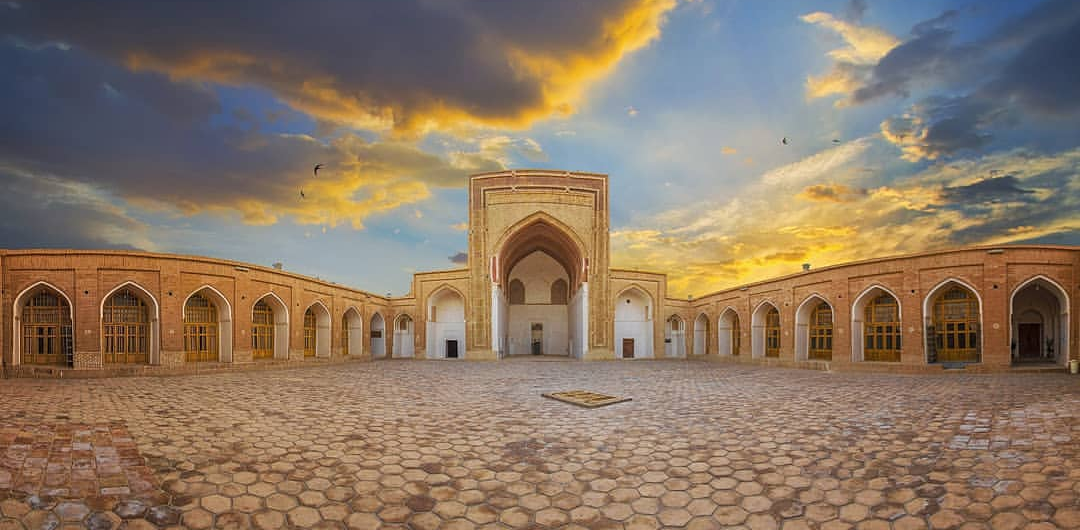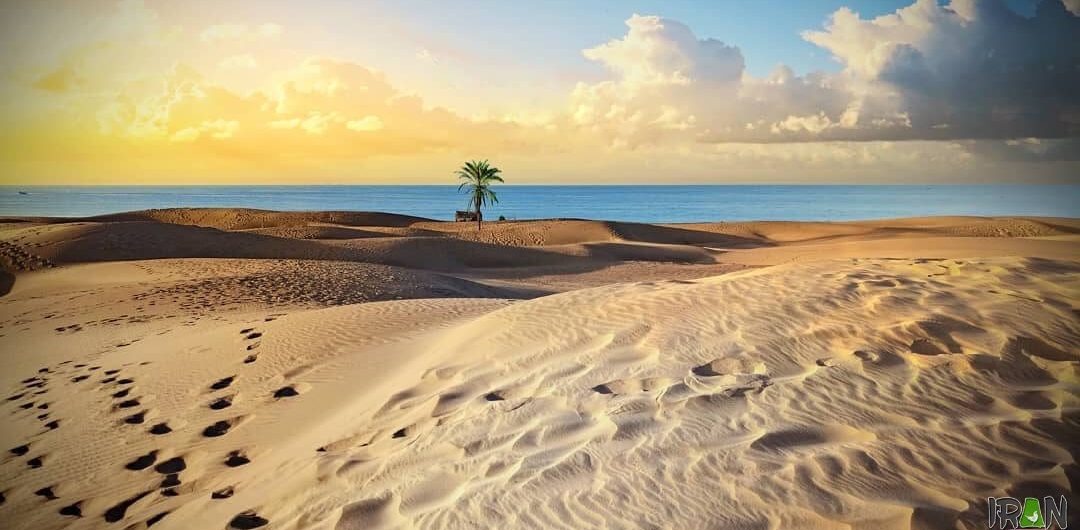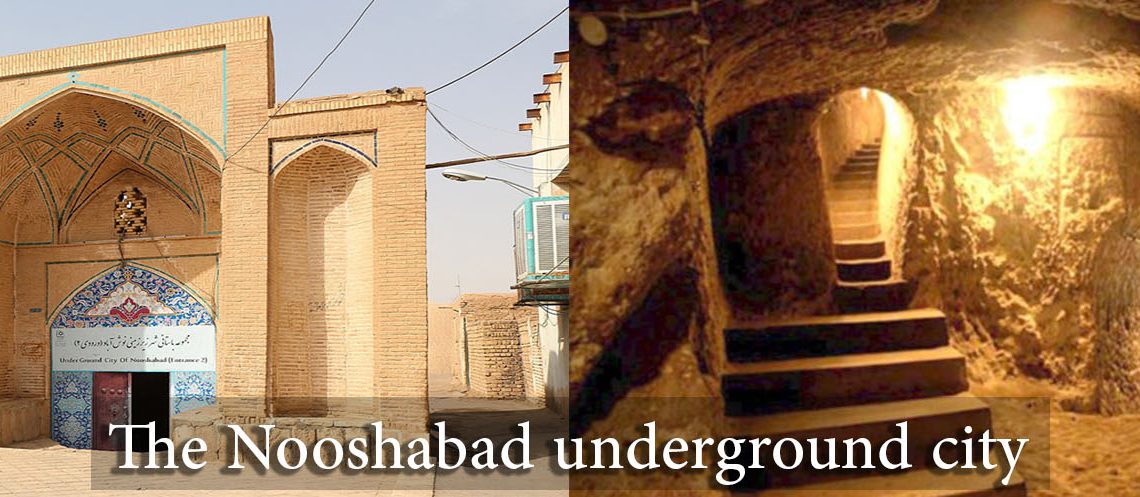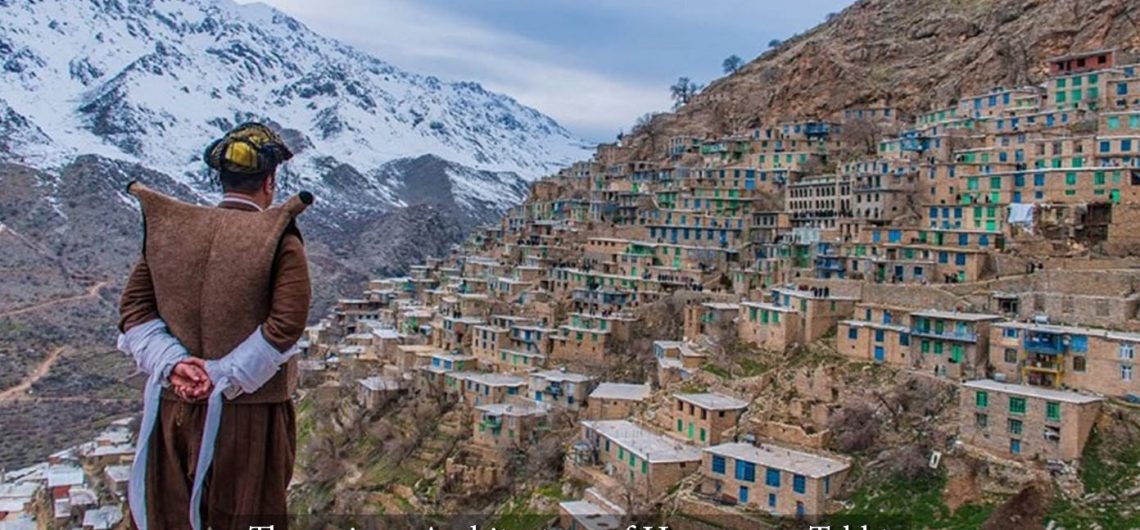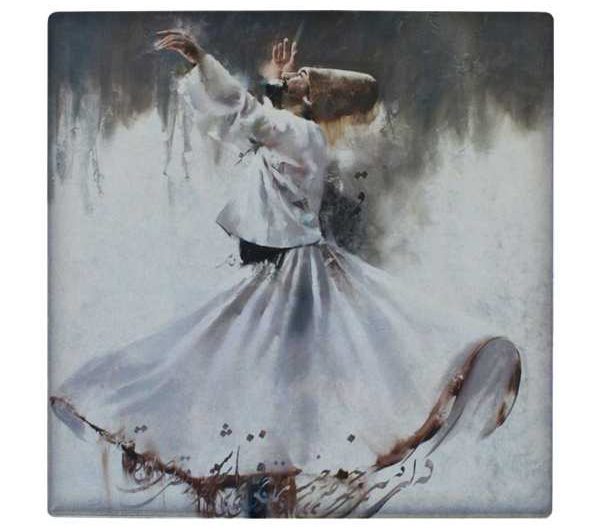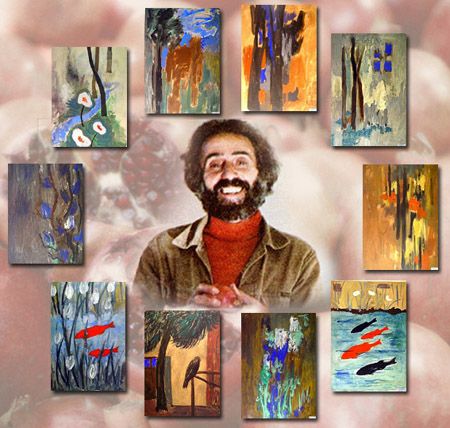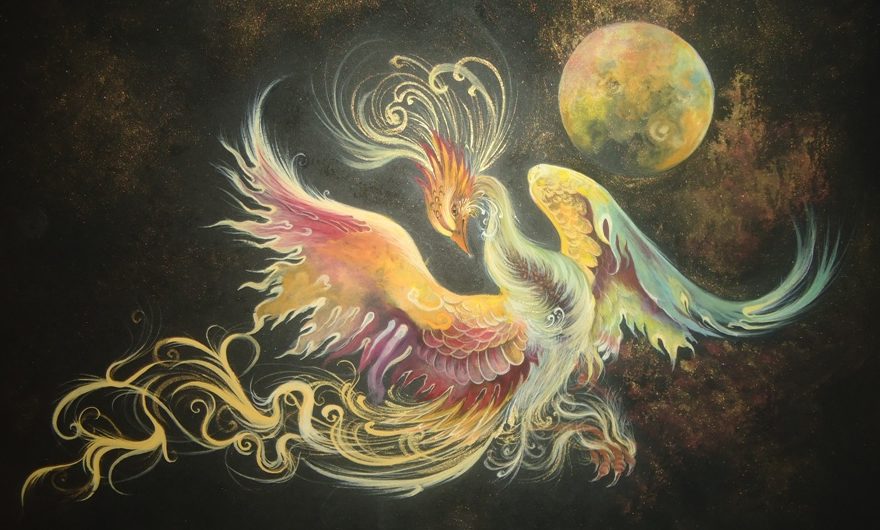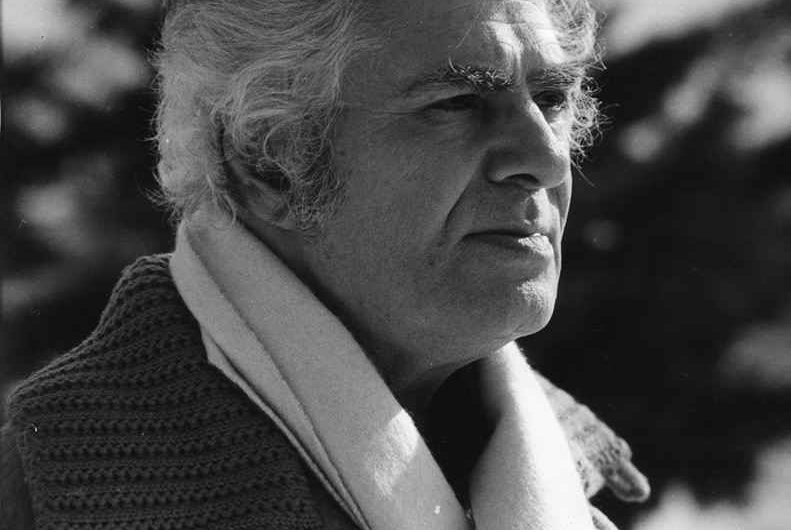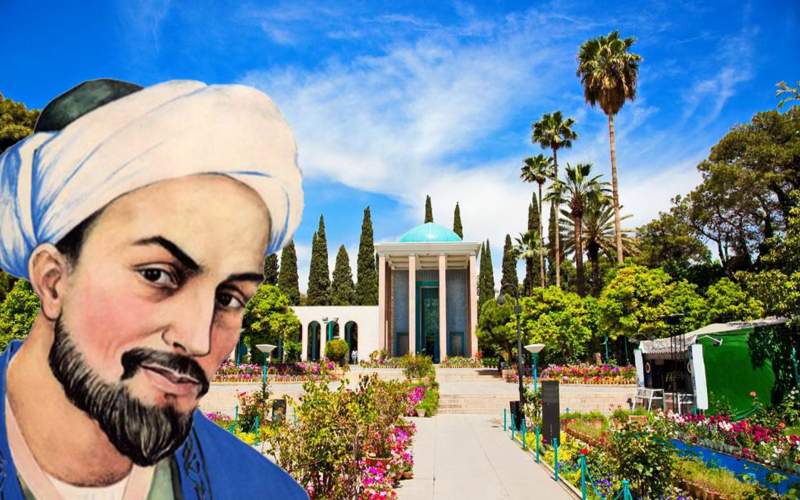Ahmad Shamlou Shamlou, famous Iranian poet, was born on December 12, 1925 in Tehran. His father was an army officer from Kabul, Afghanistan. Indeed, Ahmad, having to follow his father, spent his early school years in different cities: Zahedan in southeastern Iran, Mashhad in the northeast, and Rasht in the north. In 1938, Shamlou left the institute and enrolled in the Tehran Technical School, one of the best of the time, where he also learned German. In 1942, his father took him to northern Iran, then occupied by the Soviet army. Shamlou began to write his revolutionary ideas, so he was arrested by the Red Army for his political ideas and sent to Rasht. He was released from prison in 1945 and moved with his family to Azerbaijan. In 1948, he began writing for a monthly literary magazine called "Sokhan." Two years later, his first story was published: "The woman behind the bronze door." The second collection of poems, "Manifesto", was published in 1951, where he showed his clear inclination for socialist ideology. In 1952, he got a job at the Hungarian Embassy as a cultural adviser. Meanwhile, he published his third book "Iron Poems and Feelings" which was banned and destroyed by the police. In 1956, he became editor-in-chief of the literary magazine Bamshad. He separated from his wife with two sons and a daughter. In the spring of 1962, he met Ayda Sarkisian, from an Armenian-Iranian family who lived in the same neighborhood as him. They were married after two years, despite opposition from Ayda's family, who did not like Ahmad because he was older than her and had been divorced twice. Despite everything, they were together until Shamlou's death. Ahmad Shamlou was undoubtedly an important figure in the field of poetry and translation (The Little Prince by
Ahmad Shamlou
Shamlou, famous Iranian poet, was born on December 12, 1925 in Tehran. His father was an army officer from Kabul, Afghanistan. Indeed, Ahmad, having to follow his father, spent his early school years in different cities: Zahedan in southeastern Iran, Mashhad in the northeast, and Rasht in the north. In 1938, Shamlou left the institute and enrolled in the Tehran Technical School, one of the best of the time, where he also learned German. In 1942, his father took him to northern Iran, then occupied by the Soviet army. Shamlou began to write his revolutionary ideas, so he was arrested by the Red Army for his political ideas and sent to Rasht. He was released from prison in 1945 and moved with his family to Azerbaijan.


